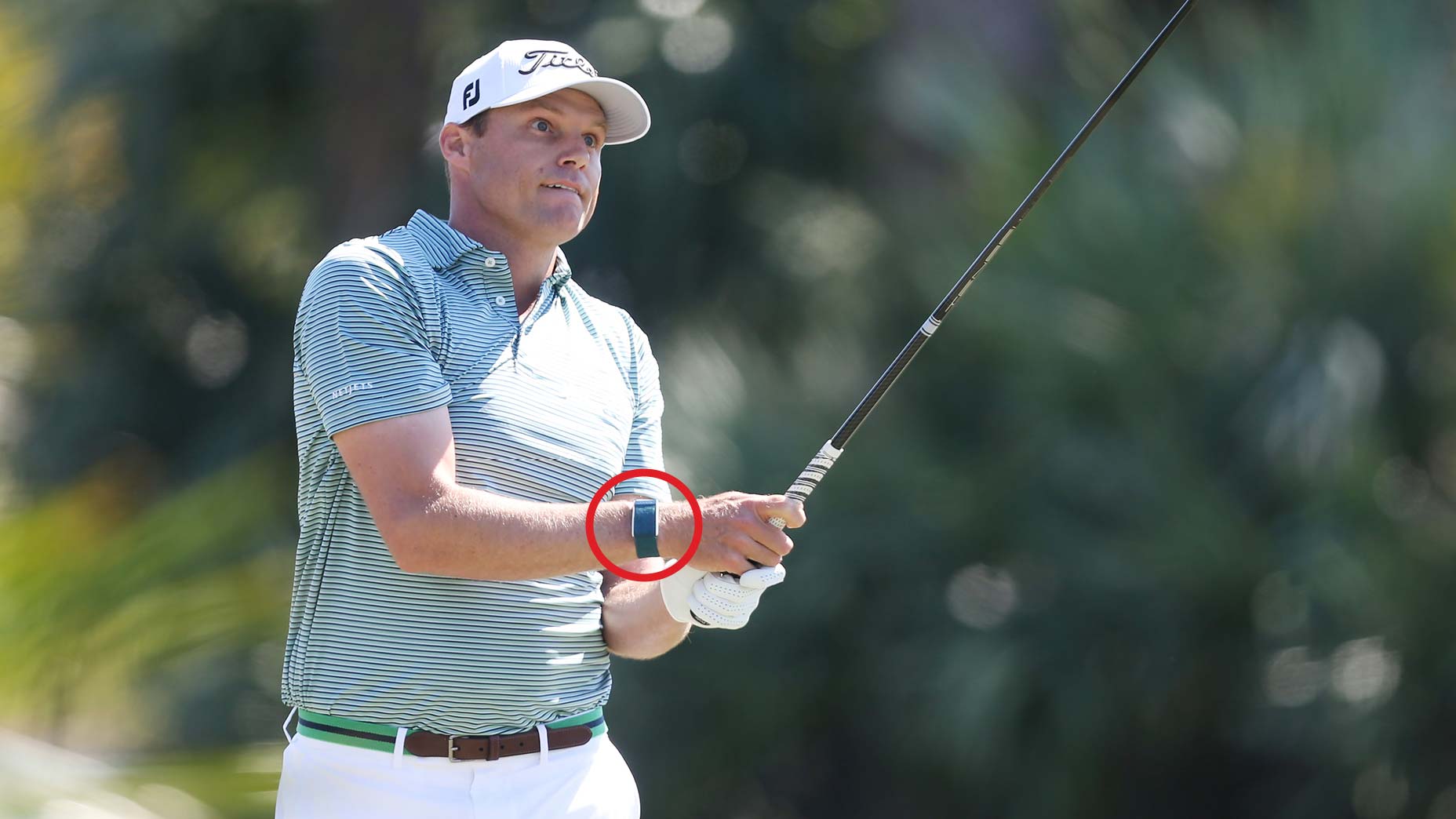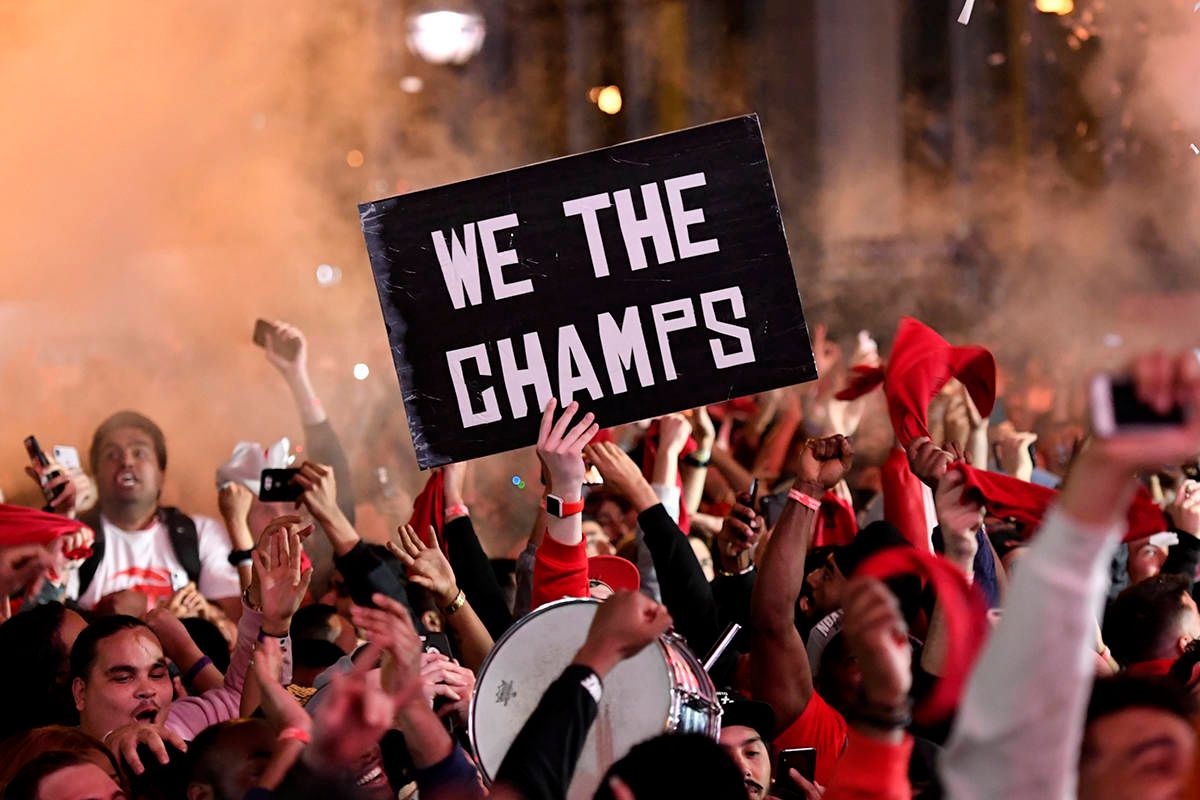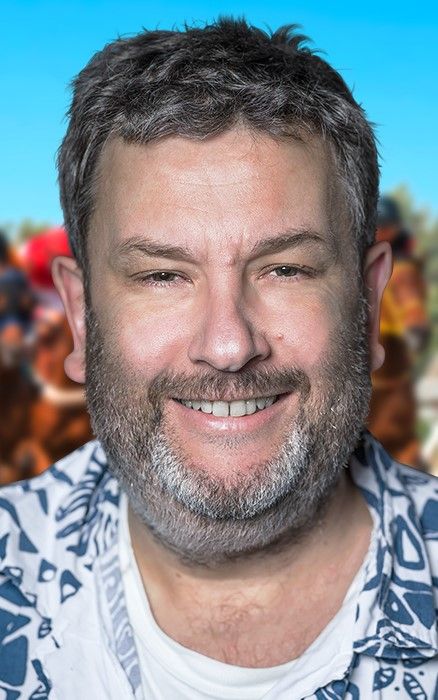At The DAIMANI Journal we spend a lot of time looking at how technology might play a role in accelerating the return to Live Events that we all need. And beyond contact tracing the most important role that technology can play is identifying quickly who might be in that pre-symptomatic phase of coronavirus where someone is busy spreading infection because they don’t realise they are infected.
This is where the titanium Oura ring comes in. As the website says, Meet Oura. The Wall Street Journal’s verdict is clear: ‘What they’re trying to pull off is perhaps the craziest experiment in the history of sports.’
So let’s turn to the National Basketball Association who are in a particularly challenging situation and are looking to Oura as their lifeline.
The NBA season starts normally in October and each team’s regular 82-game league-play concludes in mid-April. That’s when the top eight teams in the east and west conferences [16 in total] start best-of-seven elimination rounds until only two teams are left: the NBA Finals. This is also best of seven and starts at the end of May and concludes in the first or second week of June depending on match results [Toronto’s Game Six win over Golden State last year was on June 14].
Now go back to that schedule: all play stopped on March 11 when NBA players started testing positive for coronavirus, and has yet to resume.
There are the obvious sporting questions that are left unanswered by an uncompleted season – especially with more than a month of league play remaining. But the real commercial imperative is that, unlike a Premier League format [where a presumed champion like Liverpool is already untouchable for all practical purposes], the whole media and sponsorship value of the NBA turns on the intensity and popularity of the 16-teams-down-to-one playoff format.
Hence the NBA’s keen desire to complete at least the business end of the 2019/2020 season and to be able to show value to their corporate stakeholders.
The NBA’s board of governors agreed on June 4, a revised competitive format that would complete the 2019-20 season with just 22 of 30 teams returning to play. The tentative start date is July 31.
Central to the plan is creating a single-venue hosting proposition and in that they have a keen supporter in The Walt Disney Company [owners of ESPN]. The NBA is eyeing the Walt Disney World Resort near Orlando, Florida, as a single site for a biosphere campus for all games, practices and housing needed to complete the season.
Complicating the picture for the NBA since their June 4 decision is a recent spike in coronavirus cases in Florida.
So the question is how to improve testing to minimise the risk to players, and that’s where technology like the smart Oura ring plays a role.
Researchers say they hope this ring that calculates someone’s ‘illness probability score’ will be a valuable warning system that reveals infections before people realise they’re sick.
A person’s viral load might be too low to register a positive test when he’s in that dangerous pre-symptomatic phase of infection. But the ring can perceive slight deviations in temperature, heart rate and respiratory rate that signal an immune response. And that early warning could help save the NBA season.
NBA players will wear a 'smart ring' at Disney.
— Complex Sports (@ComplexSports) June 18, 2020
The ring is capable of predicting COVID-19 symptoms up to 3 days in advance (90% accuracy)
Details: https://t.co/55k6x5htmg pic.twitter.com/YZBO1fsg03
Since it would be impossible to test every single person inside the Orlando biosphere the Oura ring offers a possible defence if the virus manages to penetrate inside. ‘The real-time physiological data from the rings is a safeguard against a potential outbreak. If someone’s illness probability score is alarming, he might decide to get another test or eat by himself instead of going to dinner with teammates. Those behavioural tweaks could be enough to prevent a trail of silent transmission, and NBA executives believe every bit of risk mitigation matters with so much at stake,’ said the WSJ’s Ben Cohen.
Ironically a day after the NBA season was suspended on March 11, a Finnish entrepreneur named Petri Hollmén says he woke up and checked the app that he uses to monitor his sleeping habits. It showed that his ‘readiness score’ was low because his body temperature was high. But he felt perfectly fine.
He was curious enough to call local authorities with news of his mild temperature, and they advised him to get tested because he’d recently travelled from a hot spot. As it turned out, he had the virus. Hollmén was surprised—and surprisingly intrigued. He realized that he only suspected he was sick because of the Oura ring on his finger.
A similar turn of events unfolded in sports last weekend. Nick Watney, pictured, withdrew from a PGA Tour event after he tested positive for the virus last Friday, and he told golfers he only got tested because a different ‘wearable technology’ in this case a Whoop wristband fitness tracker alerted him to an unusually elevated respiratory rate.

But this is where it starts to get complicated. Although the science around the rings appears positive, the NBA is only in a position make them optional for players within the ‘bubble’ environment. And it’s not clear how many plan to wear them. The initial reaction has been cool to say the least.
Here the wishes of the NBA run into the fractious relationship with the Players’ Association or NBPA. The current collective agreement between both parties runs until the end of season 2023/24.
However the particular circumstances of the Live Event lockdown has opened up issues that have never been tested before and represent existential issues. For instance many player contracts expire on June 30 – the point at which free agency starts. But instead of being a couple of weeks after the season’s end, in 2019/2020 that’s a month from the proposed resumption of the season.
In this difficult environment, the NBA have promised that personal data will be deleted when the season is over and won’t be used against players. The WSJ says, ‘The league’s 113 pages of health and safety protocols indicate teams won’t have access to their illness probability scores—which are generated by an Oura algorithm that accounts for changes in heart rate, heart rate variability, respiratory rate and temperature—but they would be informed when the numbers suggest heightened risk or the early signs of illness.’
The players are likely to be sceptical despite the league’s assurances. Los Angeles Lakers forward Kyle Kuzma was the first to voice his concerns when he said last week the ring looked like ‘a tracking device’ and punctuated his tweet, see below, with an emoji of a detective spying through a magnifying glass.
Look like a tracking device🧐 https://t.co/miBhySyV0L
— kuz (@kylekuzma) June 18, 2020
The NBA is expecting to hear tomorrow [June 24] those players from the 22 teams who will and will not make themselves available for the ‘bubble’ competition.
Harpreet Rai, the CEO of Oura, says that if players asked why they should wear the company’s product, he would offer three reasons: accuracy, convenience and trust. He would also tell them health-care workers have reported that wearing the smart rings gave them peace of mind in an otherwise stressful environment. ‘More data helps us feel more secure,’ Rai said.
Ironically Oura already has the backing of NBA players past and present, in the form of financial investment in the company. Even Rai says he never expected his company to strike a deal with the league because of its application in a pandemic.
‘I would’ve thought it would be about player health, recovery and sleep,’ Rai said. ‘But the world has changed. So have we. And so has the NBA.’


